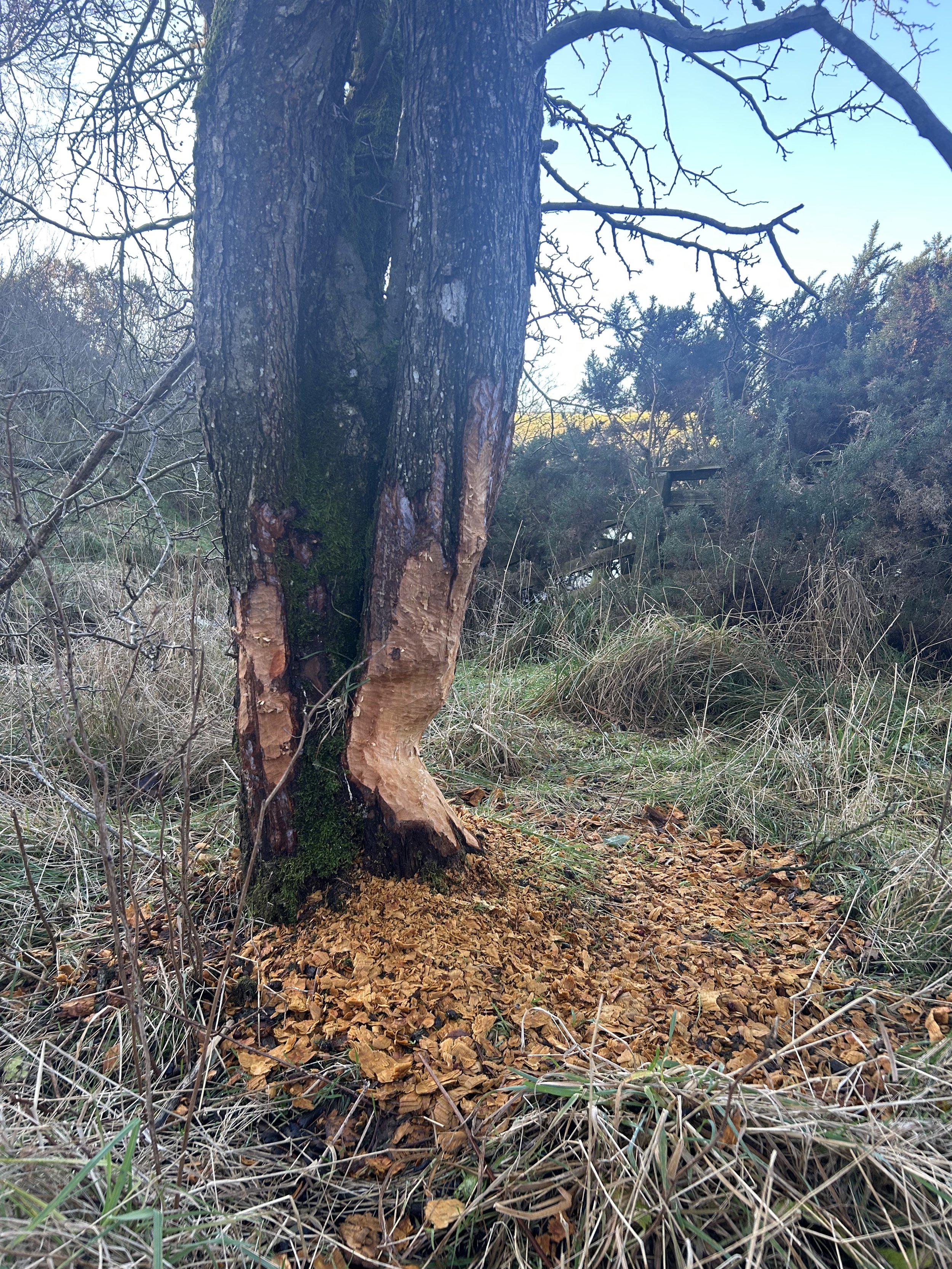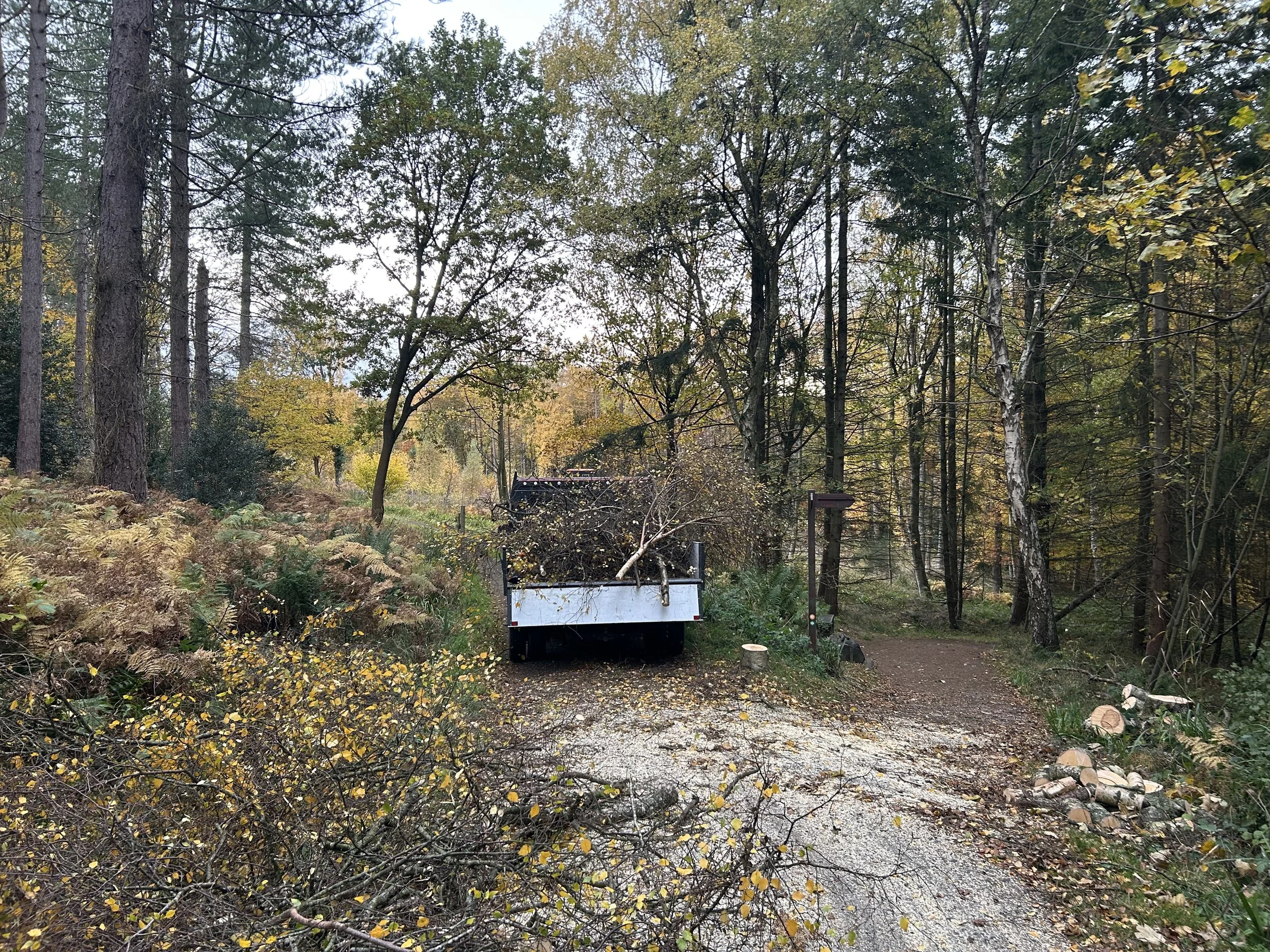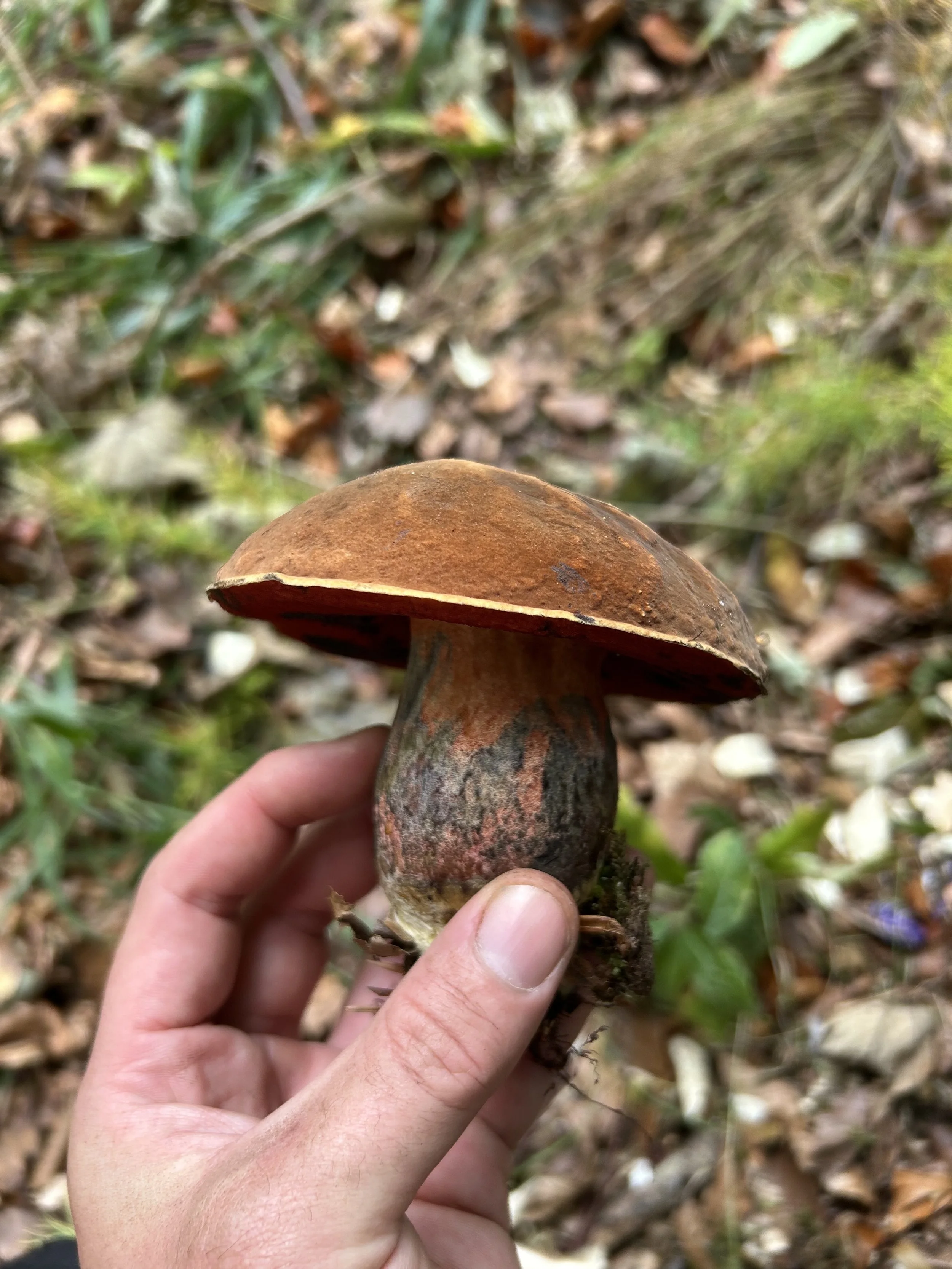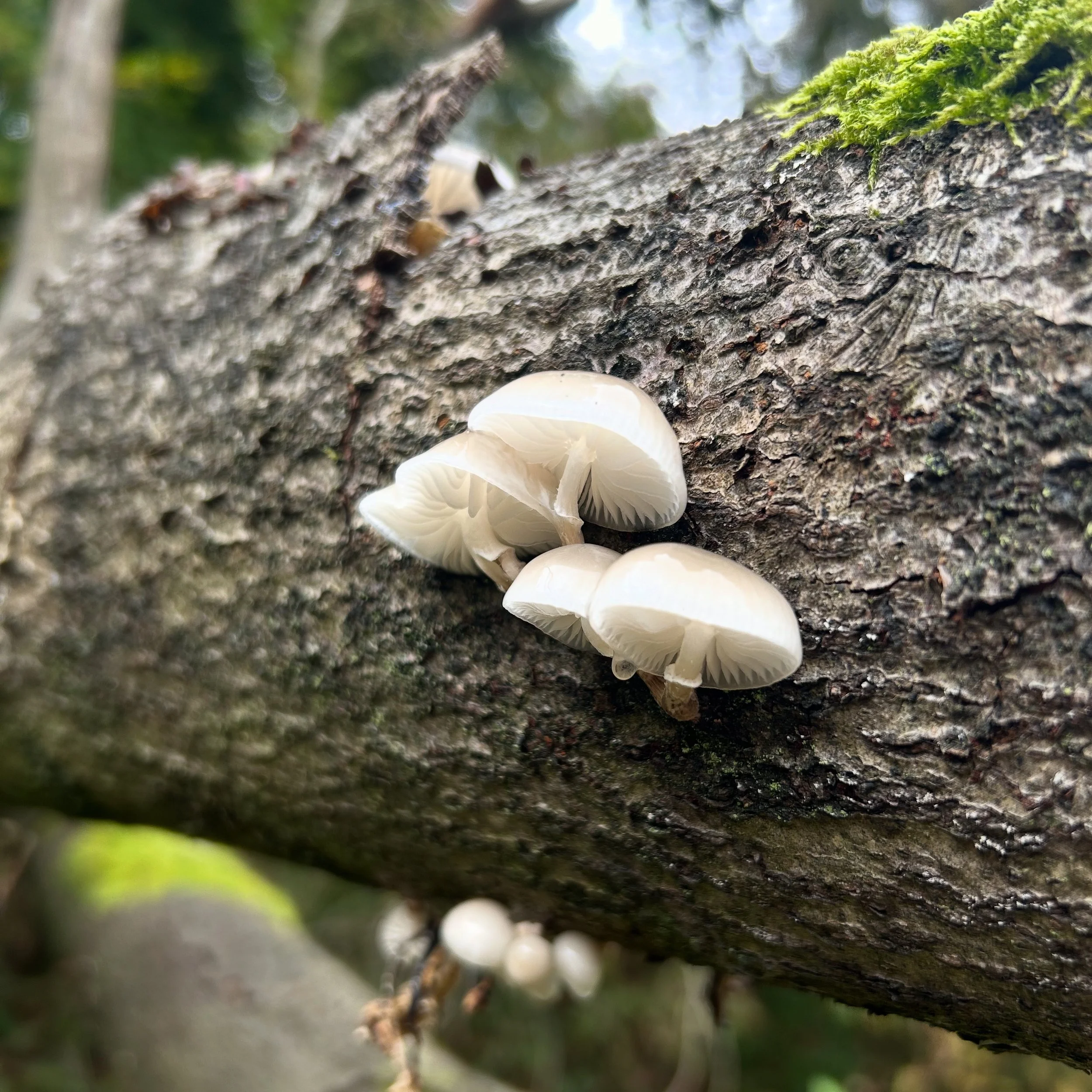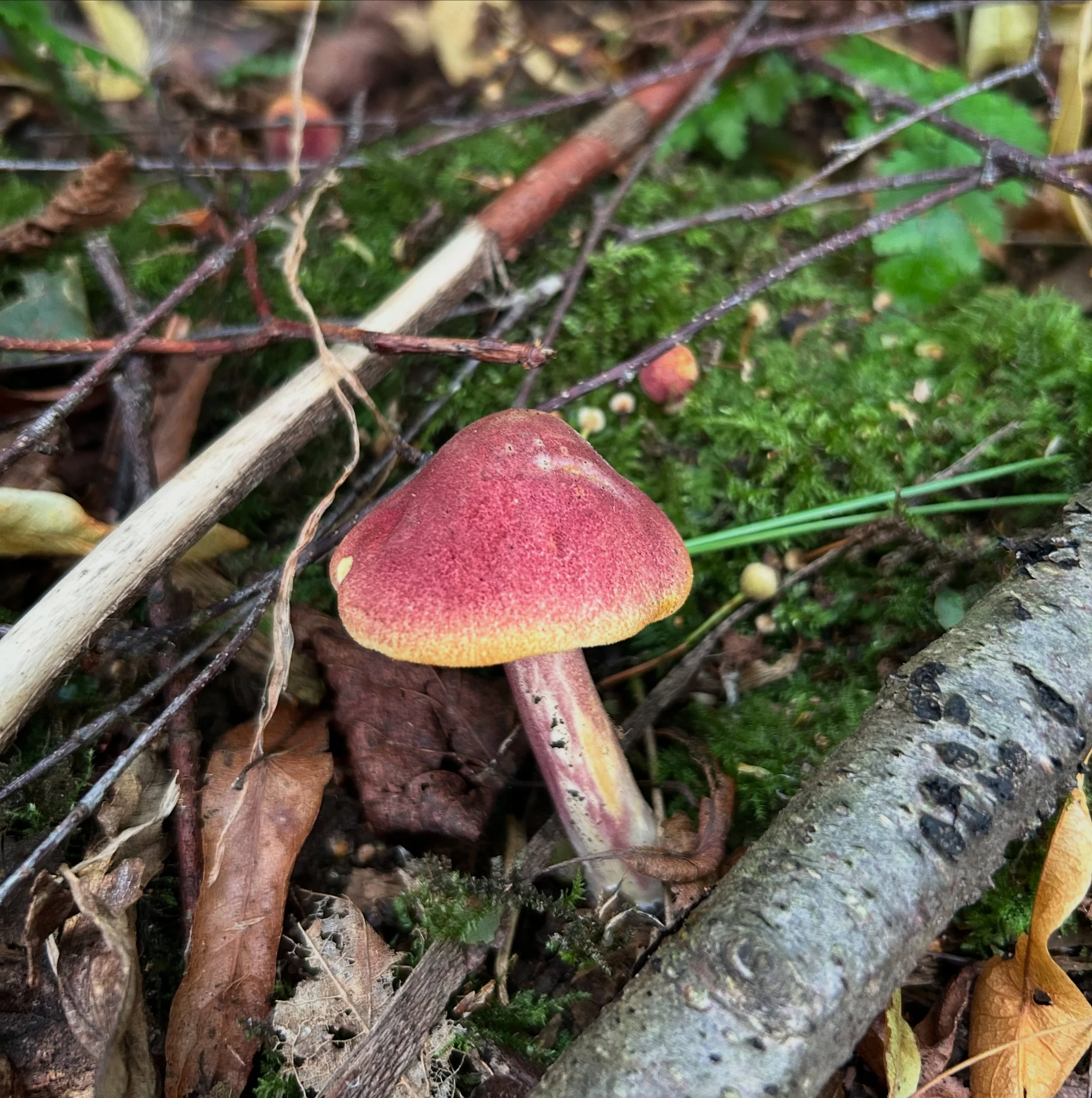Tuesday 2nd December
Every time I have had the privilege to tour the beaver enclosure at National Trust Wallington, I have been well and truly blown away by just how much work they get through in such a short space of time. Whether it’s the amount of dam and lodge work they put in or the quantity of tree bark they feast on for personal sustenance and teeth filing, it is so impressive.
They are such a huge success story for Northumberland and it is now confirmed that the reintroduced family have welcomed four new kits this year. They are true ecosystem engineers and are transforming their landscape by creating vital wetland variation, deadwood habitat, slow moving pools and reshaping rivers. And with this comes flood prevention for nearby towns. A keystone species, the knock on effect of the European beaver just being in the environment is boundless, with innumerable species from fish to bats being benefitted by their natural presence.
Long may their good fortune continue, and I hope that one day we see them back on every freshwater body in Britain.

